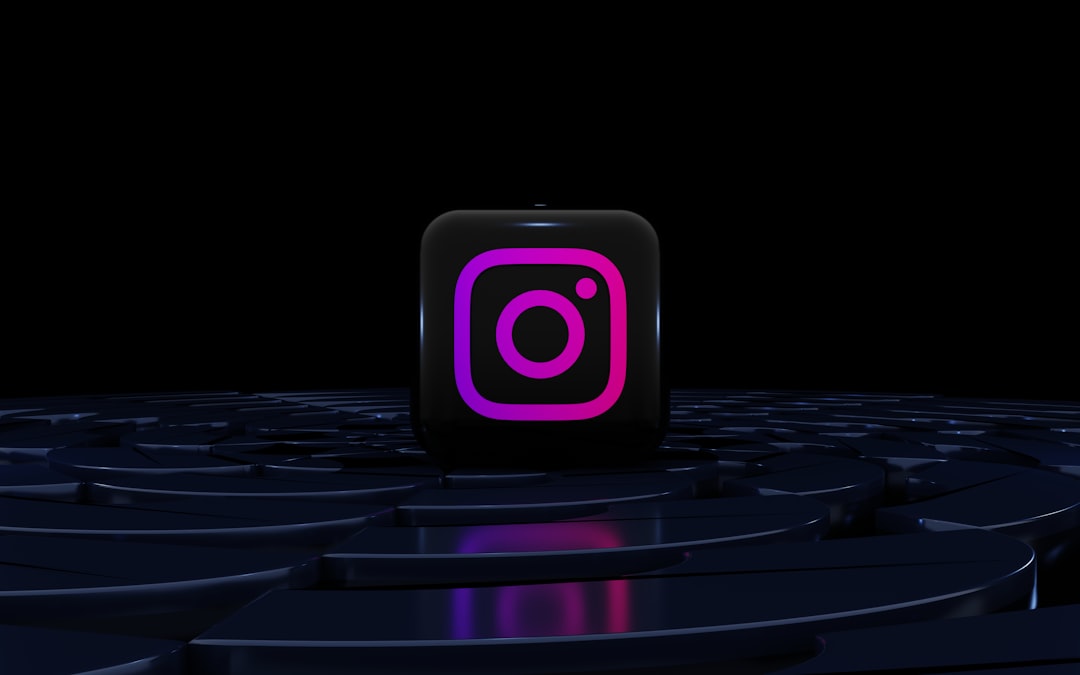In an age where social media metrics often influence brand deals, public image, and online legitimacy, the pressure to appear popular can be overwhelming. As a result, many individuals and businesses are tempted to purchase followers in an attempt to boost their perceived credibility. While this might deliver short-term vanity metrics, buying followers poses a range of risks that can ultimately damage a reputation rather than elevate it.
The Illusion of Popularity
Buying followers might superficially boost one’s follower count, but the engagement rarely matches the numbers. These purchased followers are often inactive accounts, bots, or fake profiles generated solely to inflate numbers. As a result, a high follower-to-engagement ratio quickly signals insincerity to savvy audiences and social media algorithms alike.

Negative Impact on Engagement Rates
Social media algorithms are designed to push content that resonates with users. These platforms consider a range of variables such as likes, comments, shares, and saves to determine if a post should be highlighted. Buying followers who don’t interact with content often leads to a significant drop in engagement rates, making it less likely for genuine content to reach organic audiences.
This causes a paradox where higher follower numbers result in lower discoverability, discouraging real users from engaging due to the obvious disparity between popularity and interaction.
Violation of Platform Policies
All major social platforms, including Instagram, Twitter, and TikTok, explicitly prohibit the purchase of followers. Engaging in such practices can lead to serious consequences:
- Account suspension or banning
- Shadowbanning, limiting post visibility
- Removal of fake followers during audits
These platforms regularly conduct clean-ups where illegitimate or inactive accounts get purged, meaning that even if a user successfully amasses thousands of fake followers, they might vanish overnight.
Loss of Credibility and Trust
Transparency has become a cornerstone of digital relationships. Whether you’re an influencer, artist, entrepreneur, or brand, your audience places value on authenticity. When an account is caught buying followers, it can lead to public backlash, loss of partnerships, and reduced credibility in the eyes of real users.
Brands that collaborate with influencers often look beyond follower count, analyzing engagement ratios, content quality, and audience interaction. Spotting fake followers can be easy with today’s analytic tools — making shortcuts quickly noticeable and damaging.

Financial Waste
Purchasing followers is not free. Depending on the platform and provider, it can cost anywhere from a few dollars to thousands. What’s worse is that fake followers don’t deliver returns. There’s no real engagement, no conversions, and definitely no community. That means the money spent doesn’t improve real business outcomes and could have been invested into building authentic growth strategies like running ads, content promotion, or working with micro-influencers.
Security and Privacy Risks
Many shady services that sell followers require users to share sensitive login information, putting accounts at risk. This opens the door to hacking, account theft, or misuse of personal information. The moment users trust unverified services, they’re potentially compromising security, data privacy, and long-term accessibility to their own accounts.
Frequently Asked Questions (FAQ)
- Q: Will buying followers help me get brand deals?
A: No. Most brands examine engagement rates and audience authenticity before choosing influencers. Buying followers can actually hurt your chances. - Q: Can purchased followers be removed?
A: Yes, platforms frequently conduct purges, and users can also use third-party tools to manually remove fake followers. - Q: Is it illegal to buy followers?
A: While not illegal in most countries, it is a clear violation of platform terms of service and can result in penalties such as account suspension. - Q: Are there safe alternatives to grow followers?
A: Yes, strategies such as consistent content creation, engagement with the community, and collaborations lead to organic and sustainable growth. - Q: How can I identify if someone else has fake followers?
A: Common indicators include low engagement, a sudden spike in followers, generic comments, and a noticeable disconnect between post quality and popularity.
In conclusion, buying followers might offer the instant gratification of a bloated follower count, but the risks far outweigh the benefits. It undermines trust, reduces engagement, and can ultimately backfire, compromising growth in a digital landscape that rewards transparency and authenticity.



